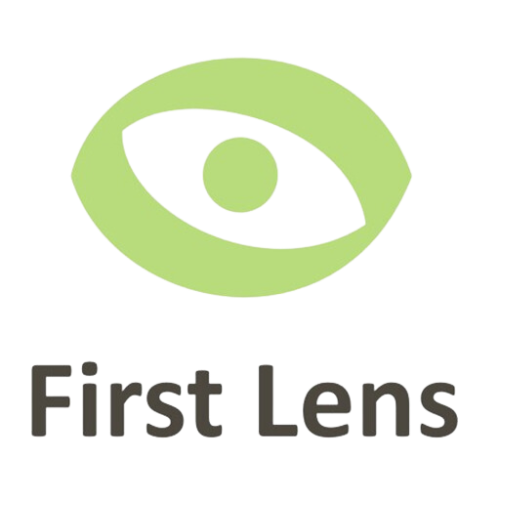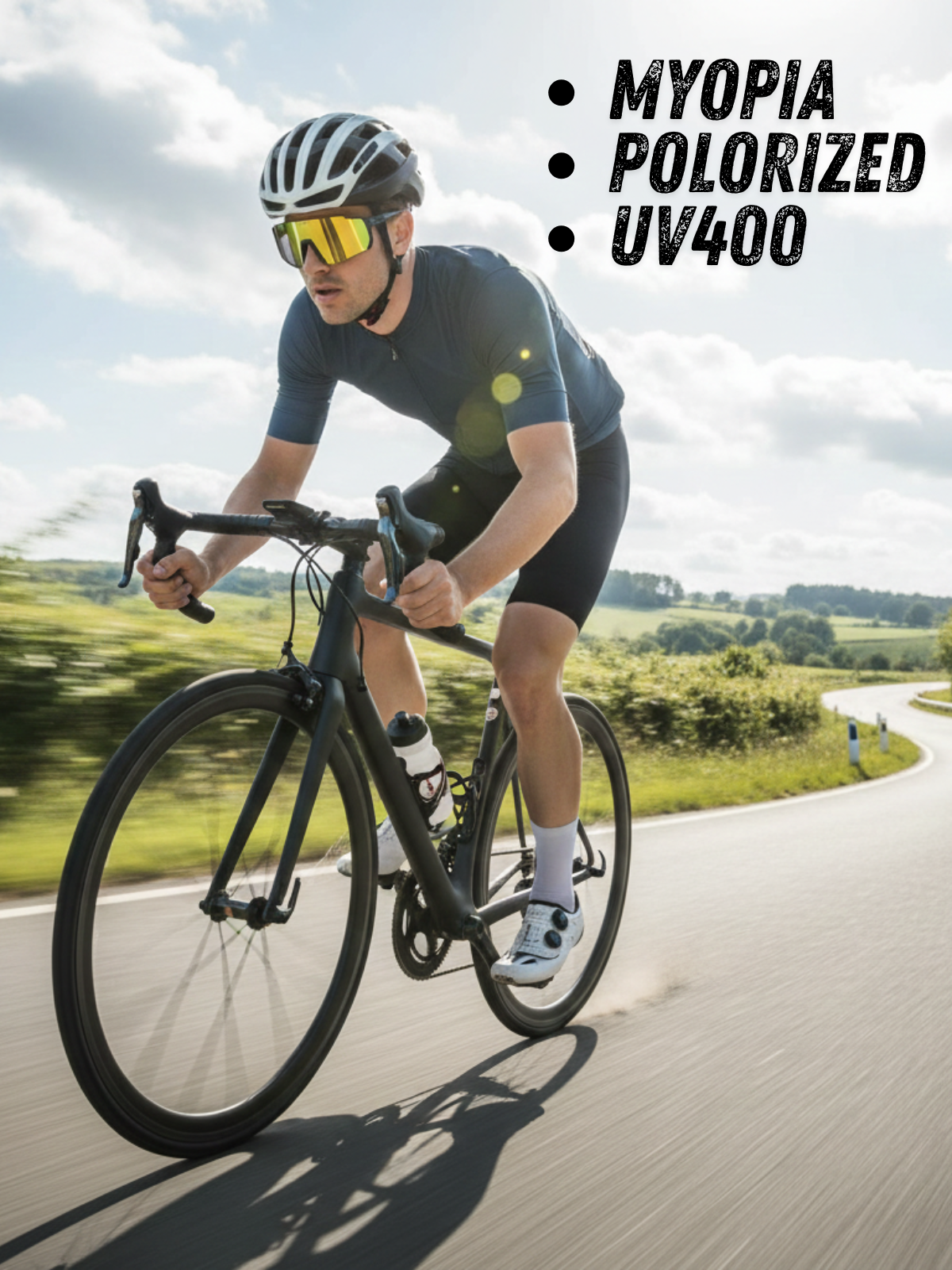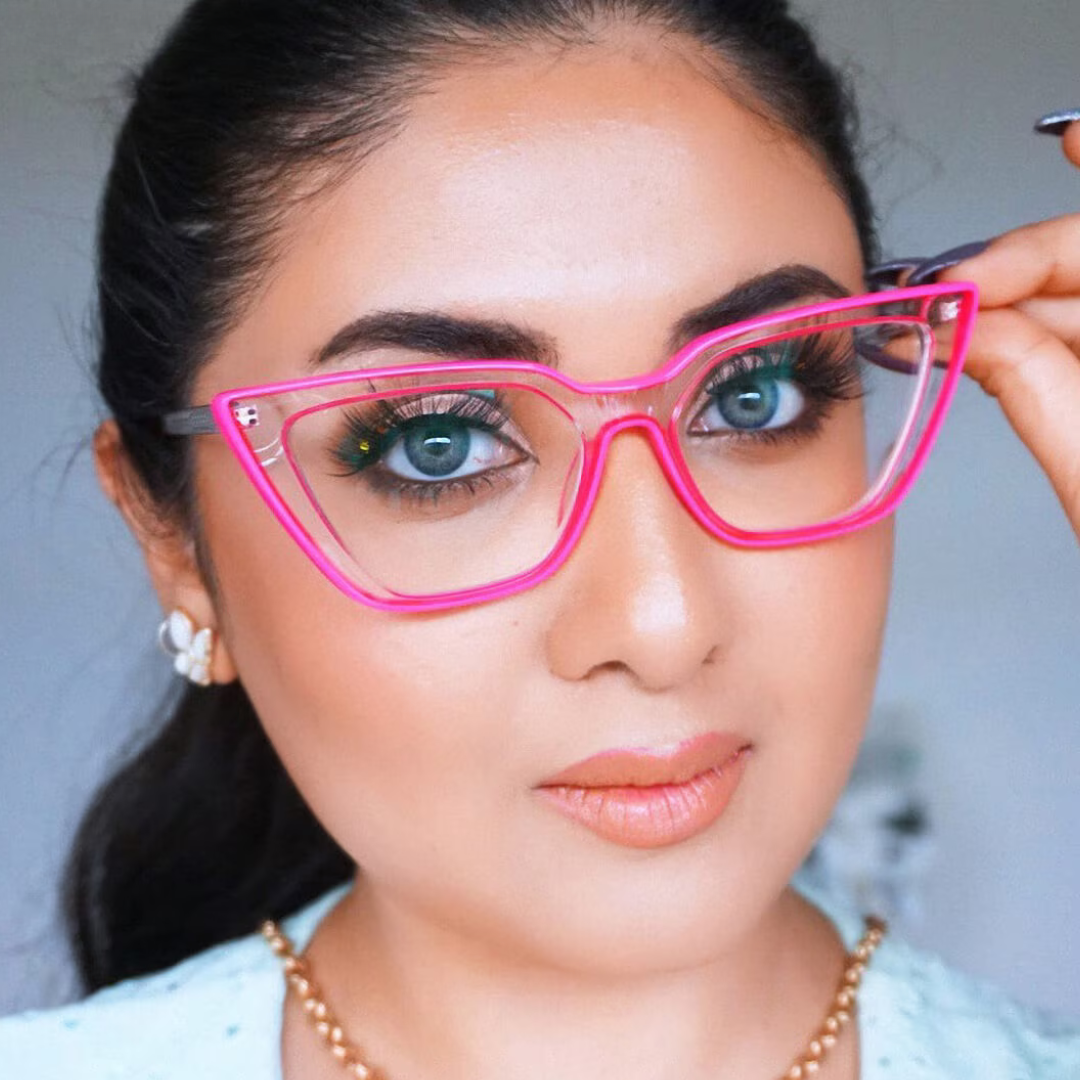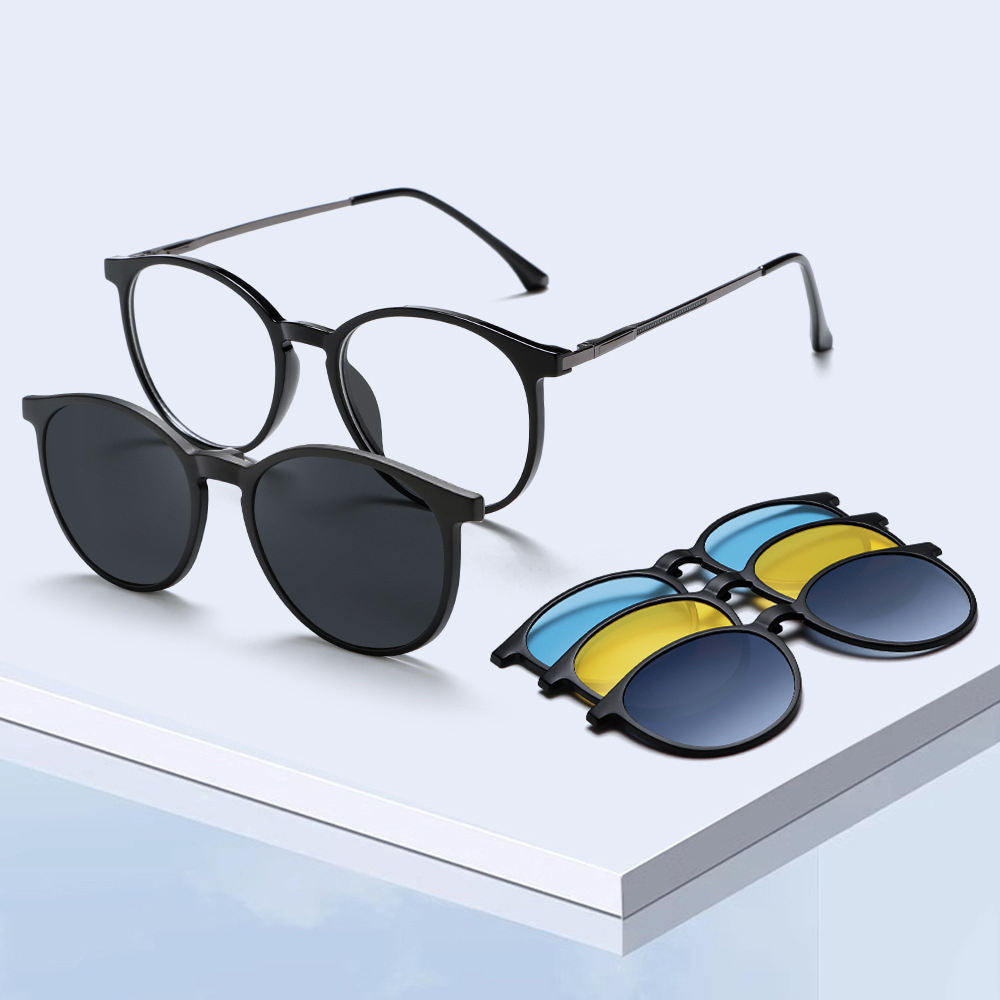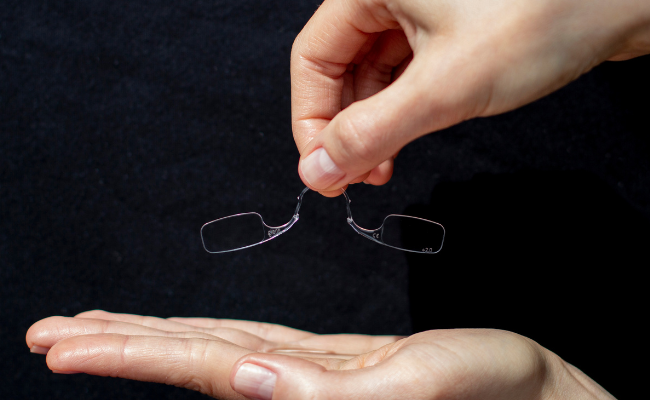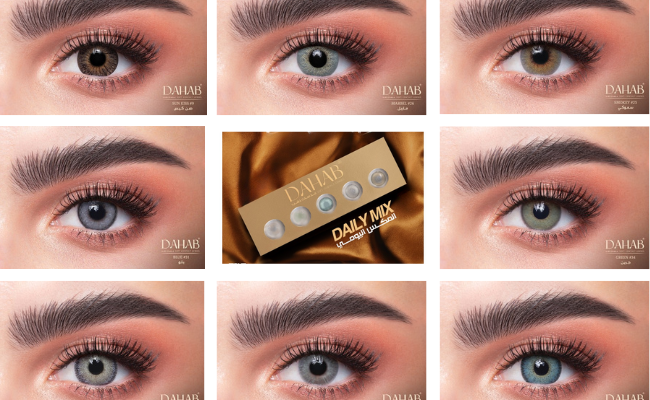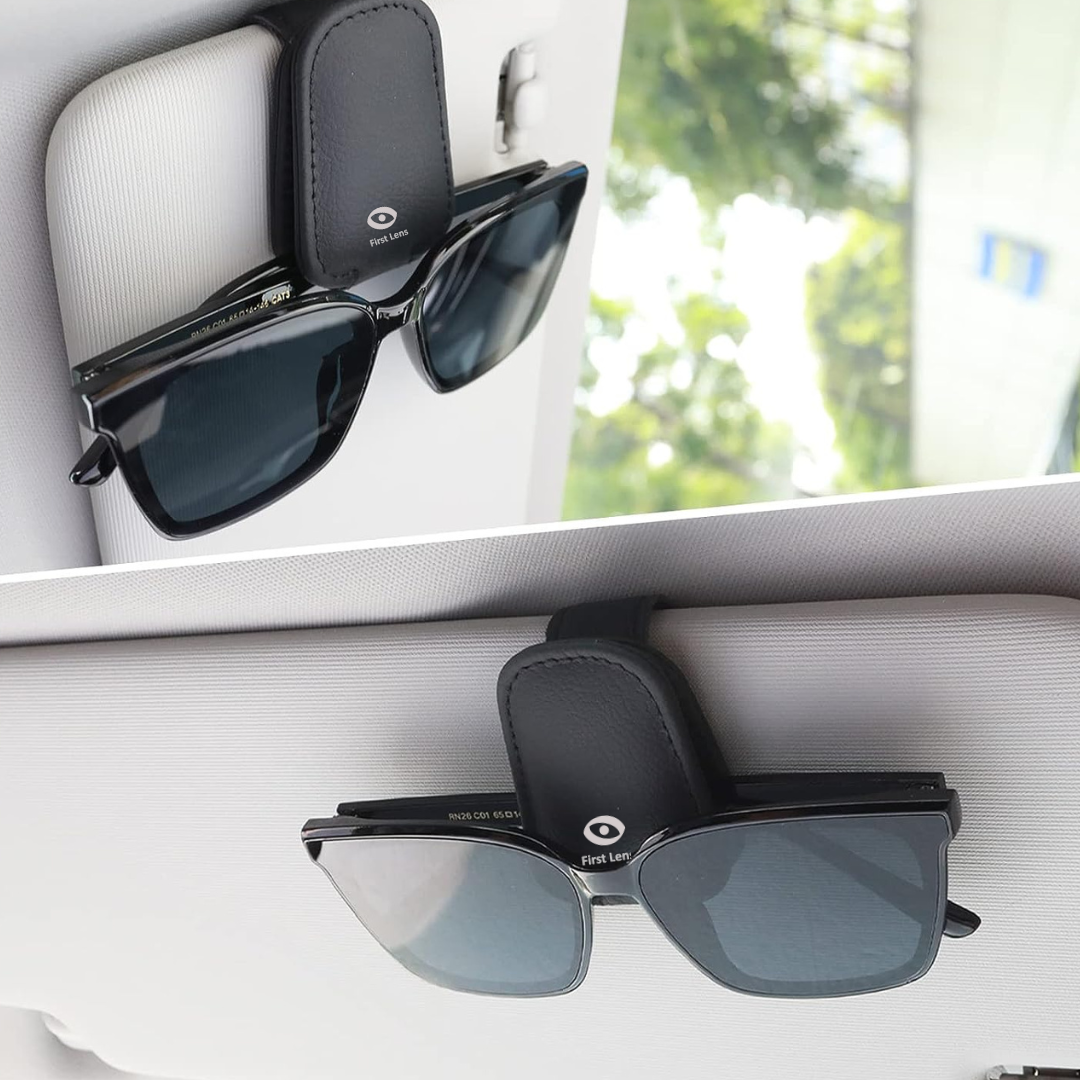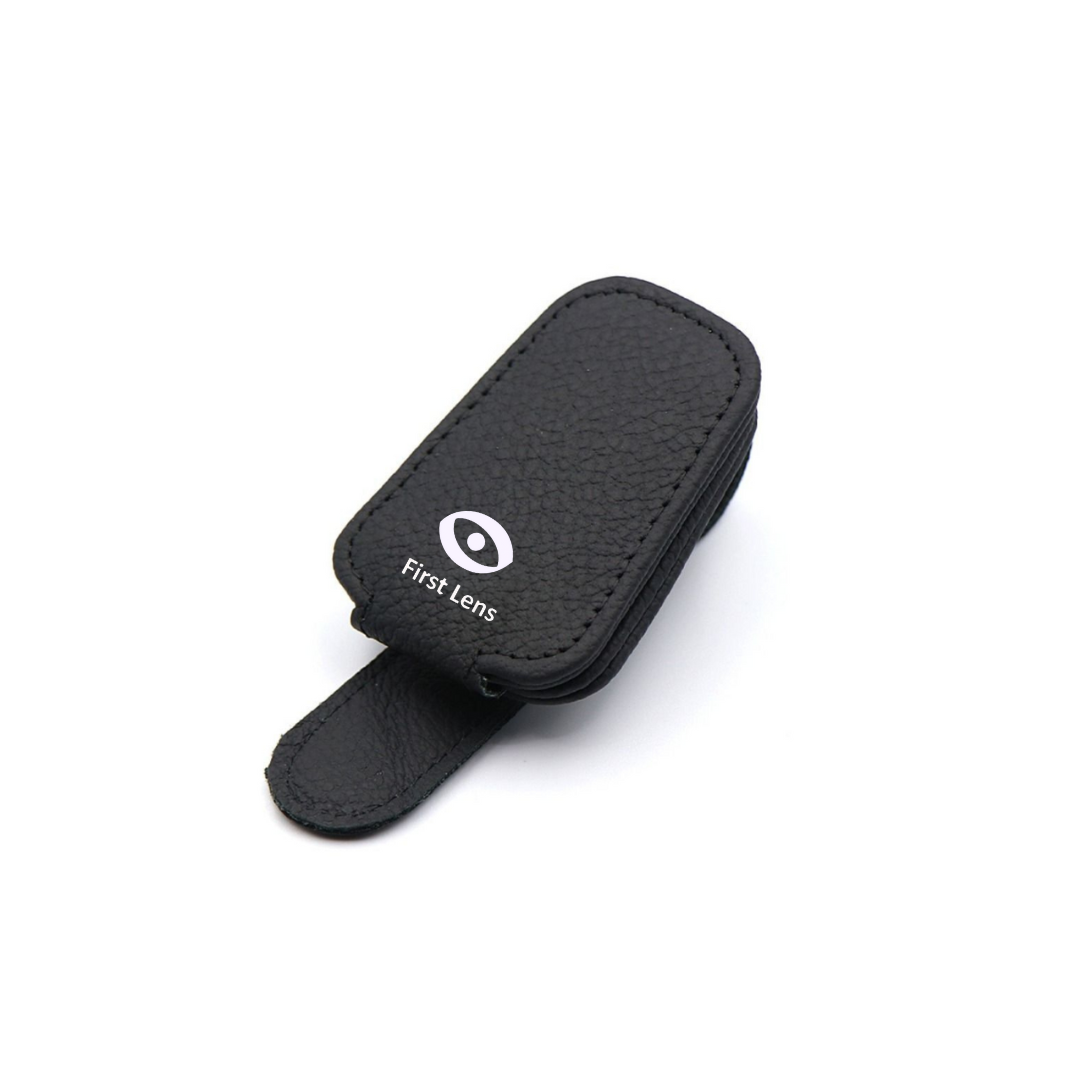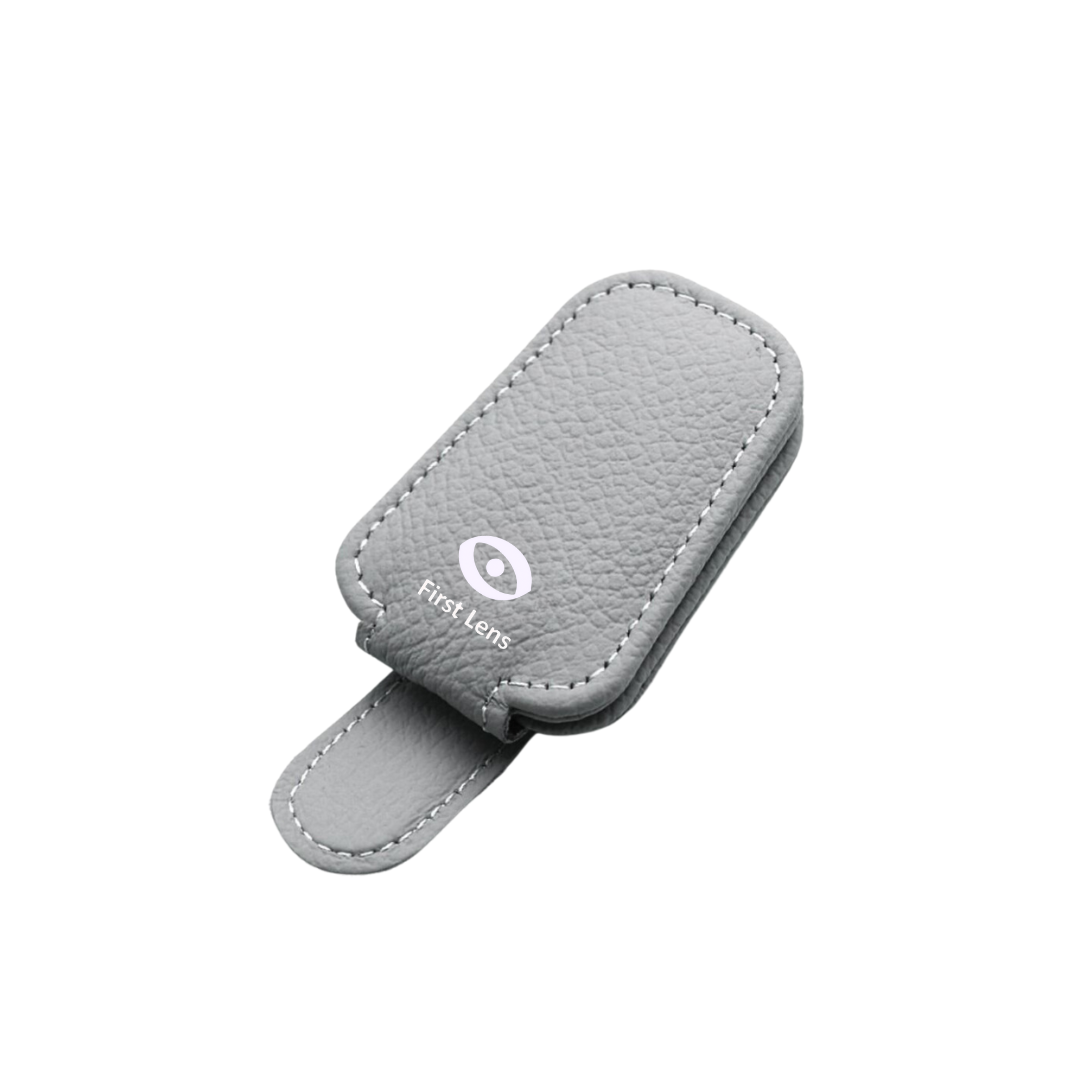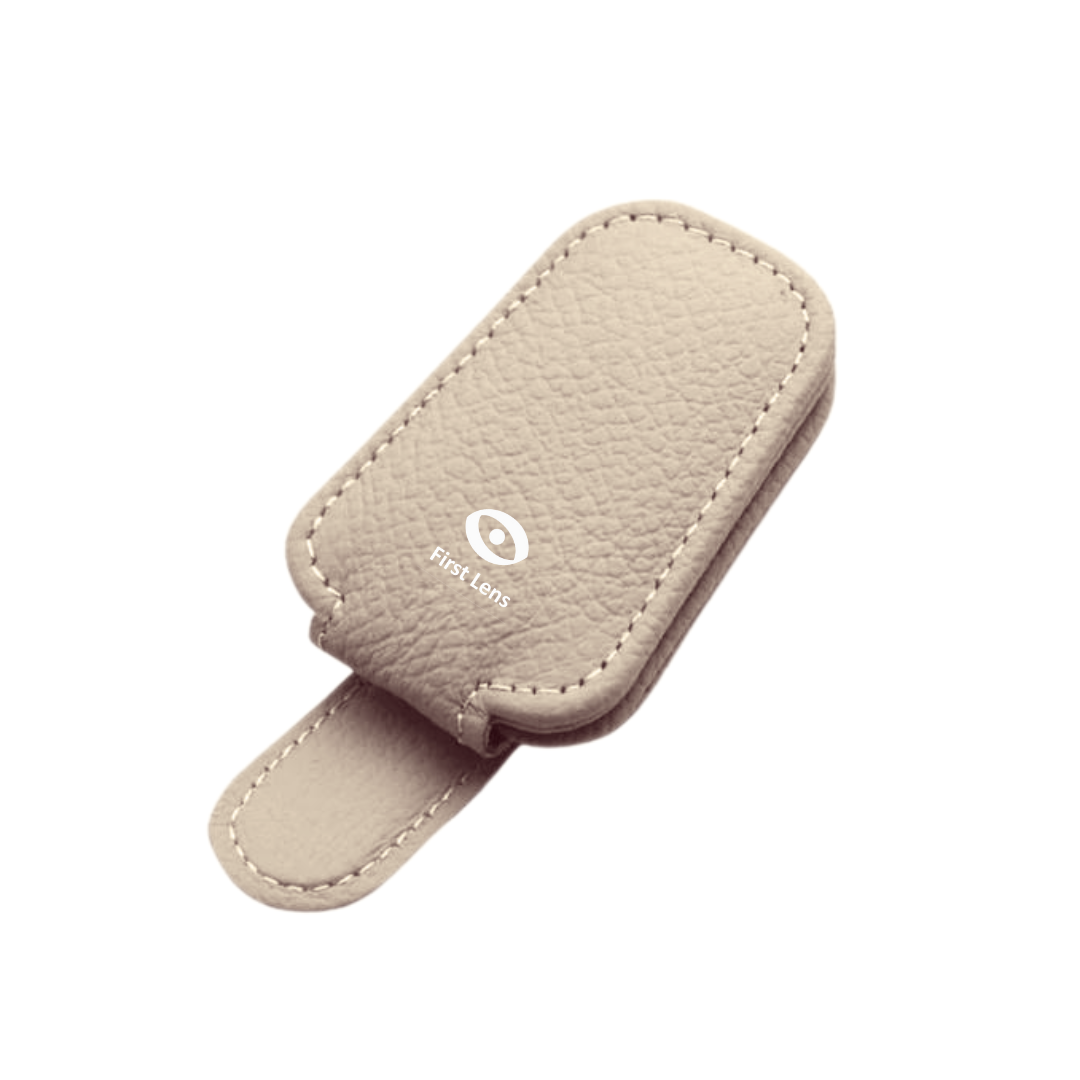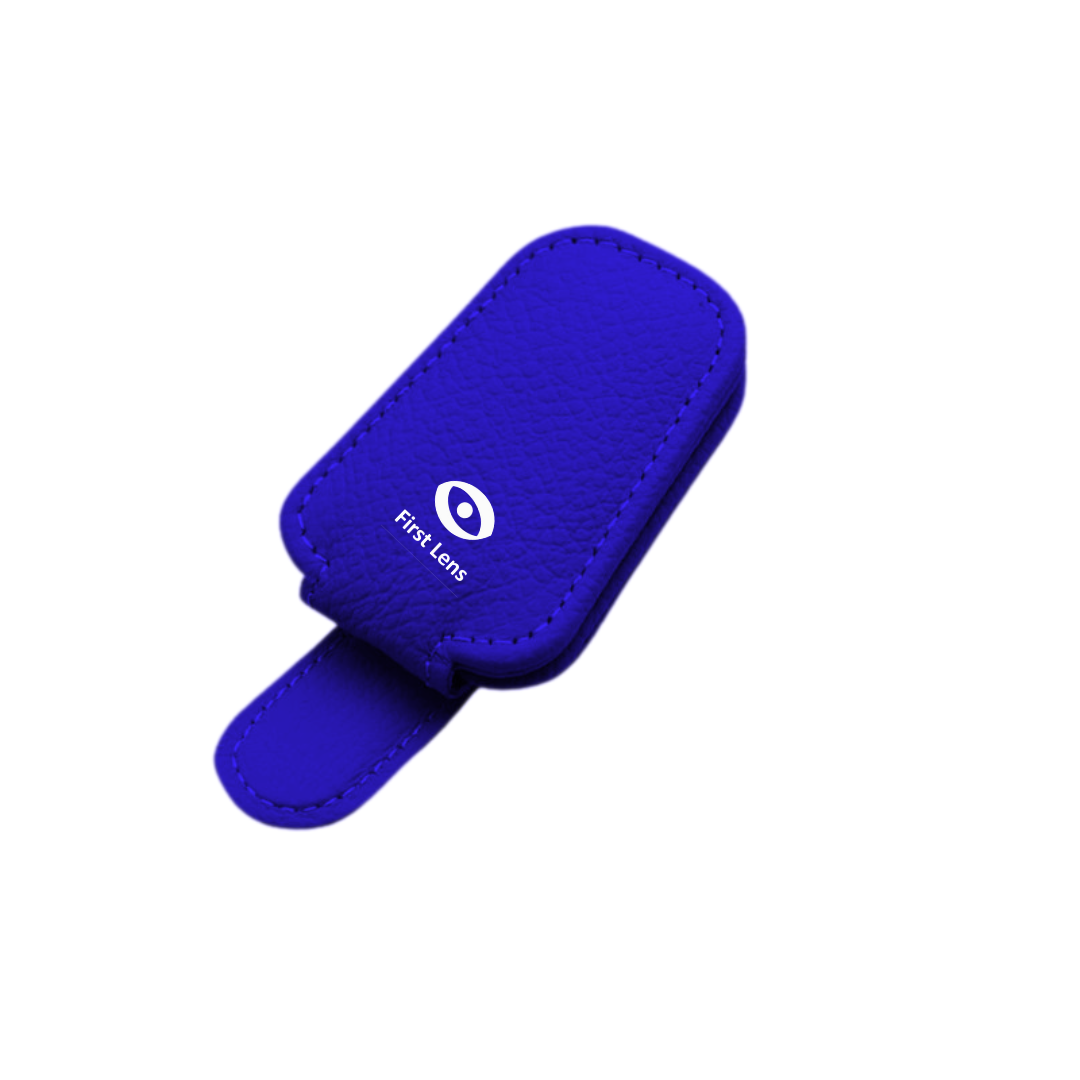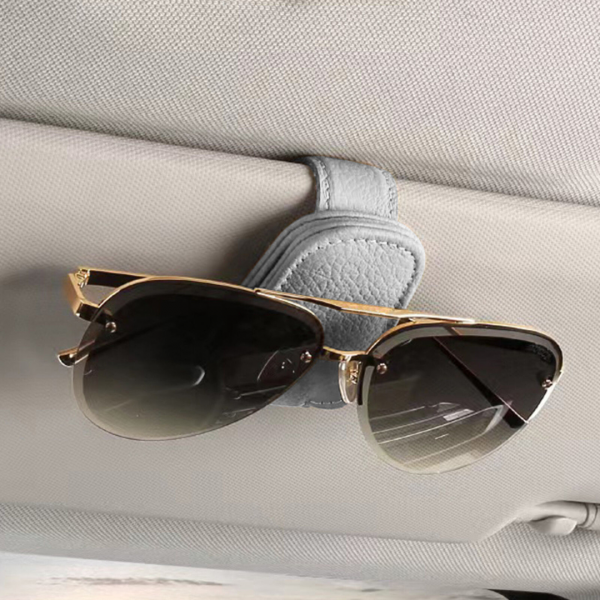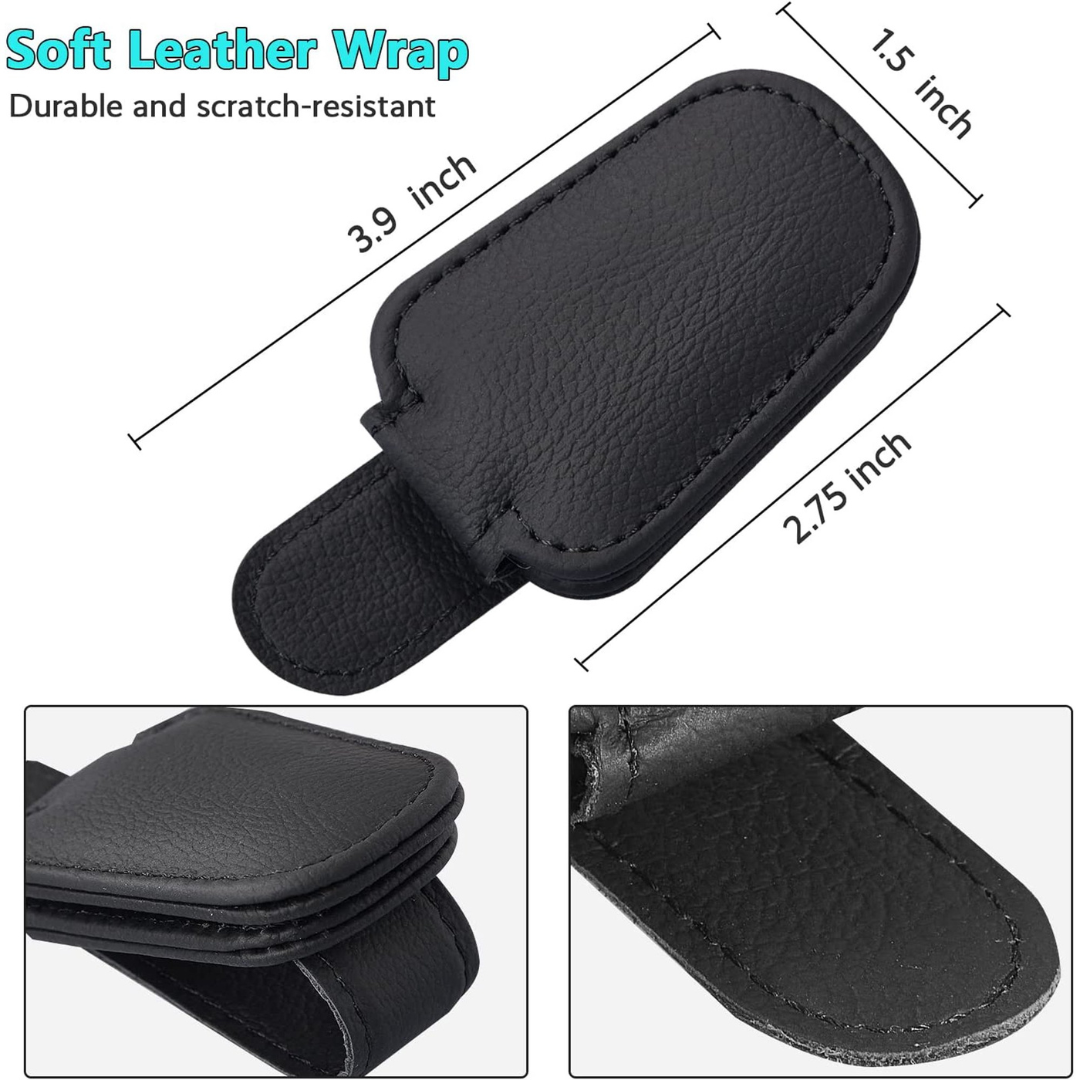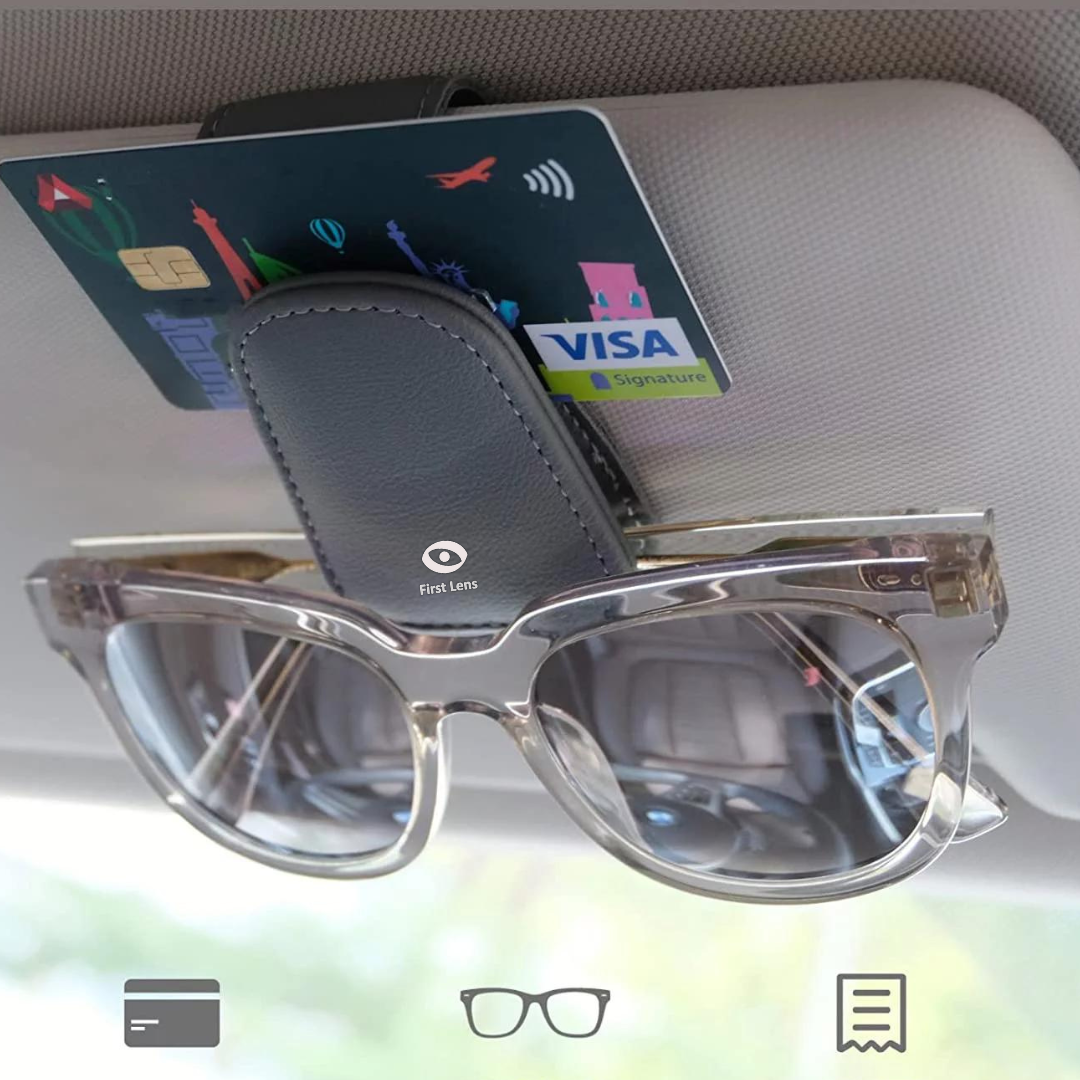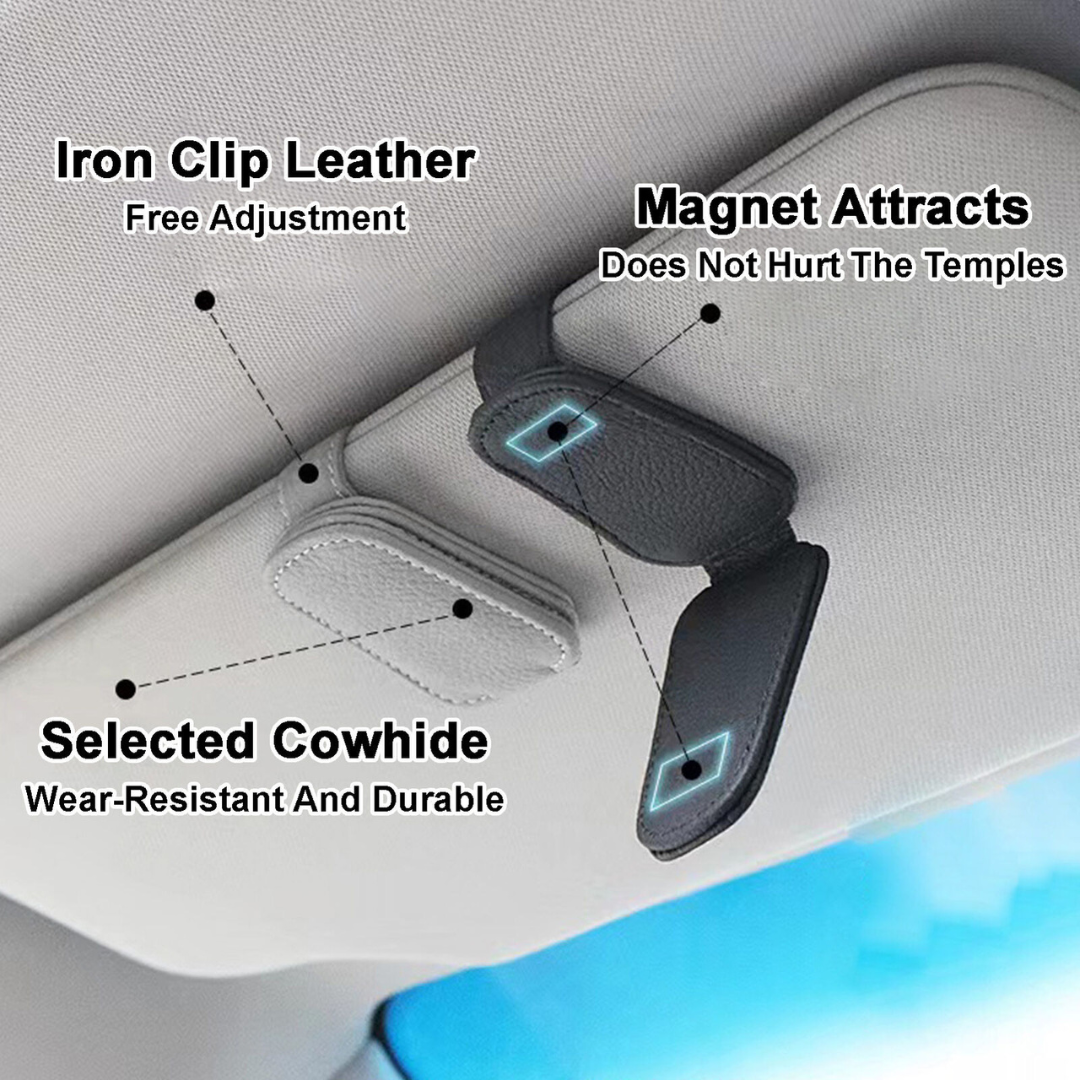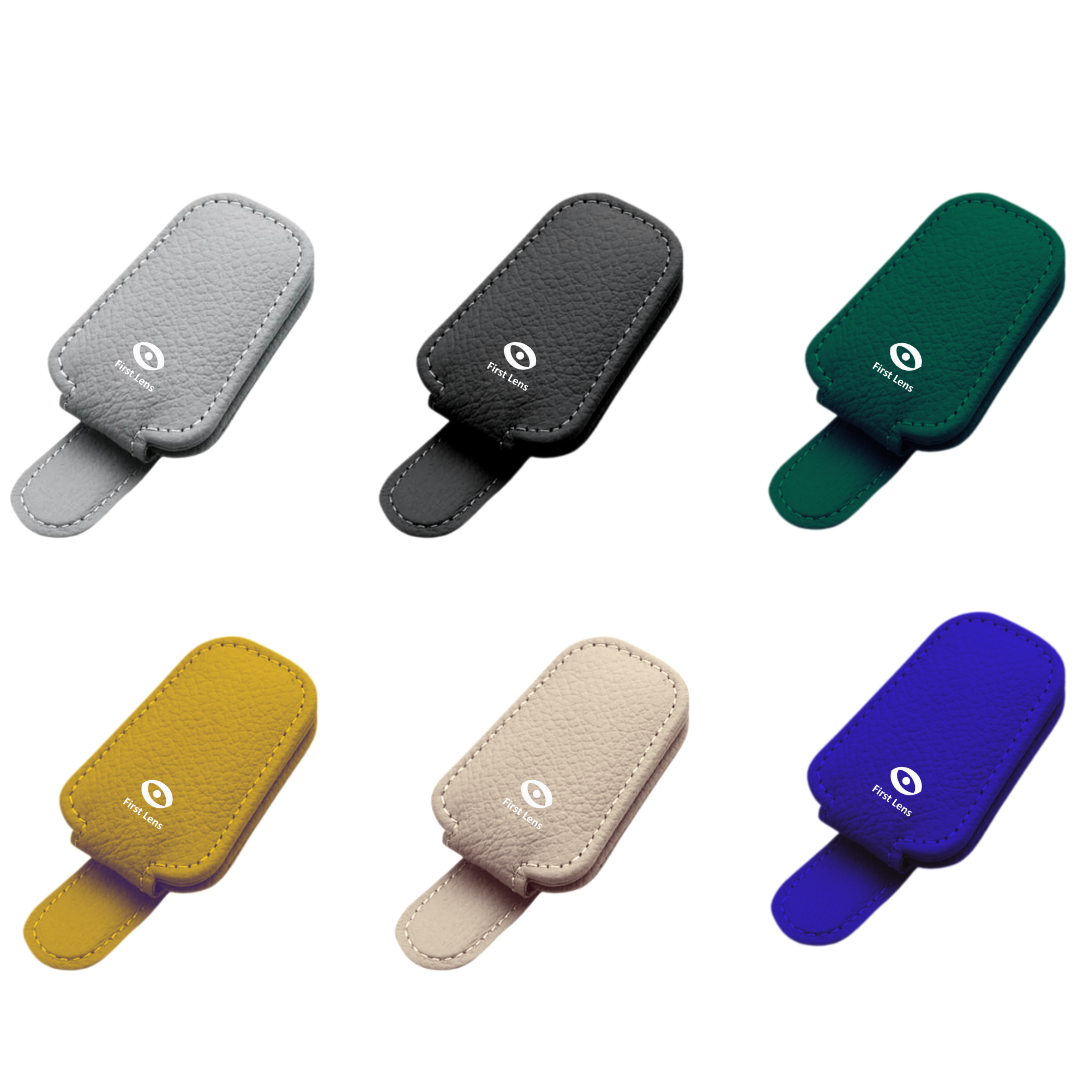Article: Difference between Hydrogel & Silicon Hydrogel Contact Lens
Difference between Hydrogel & Silicon Hydrogel Contact Lens
Hydrogel contact lenses
Hydrogel lenses are made from gel-like, water-containing plastics called hydrogels. These lenses are very thin and pliable and conform to the surface of the eye.
Introduced in the early 1970s, hydrogel lenses made contact lenses much more popular, thanks to improved comfort and ease of use.
When it comes to dry, delicate eyes, hydrogel material – thanks to its unique biocompatibility with the human eye – is quite often the most suitable choice.
The problem with hydrogel lenses appears when the water gradually evaporates (e.g. after many hours of wearing, or when in challenging environments), making the material less comfortable.
| Pros | Cons |
|
|
|
|
|
|
Silicone hydrogel contact lenses
Silicone hydrogel lenses are an advanced type of soft contact. They are more porous than regular hydrogel lenses and allow even more oxygen to reach the cornea. Introduced in 2002, their combination of hydrogel and silicone allows the manufacturer to increase the oxygen permeability, even with a low volume of water. This higher oxygen transmissibility reduces the risk of eye hypoxia2. This feature makes them a great choice for extended wear. The disadvantage of these lenses, however, is the lower level of wettability and tendency to collect more deposits.
| Pros | Cons |
|
|
|
|
|
|
In conclusion, what’s the best material for contact lenses?
As we like to emphasise to our customers, there is no such thing as "the best contact lens material on the market". It's a matter of finding the best option for your own eyes.
Here's a comparison of Hydrogel and Silicon Hydrogel contact lenses in a table format:
| Features | Hydrogel Contact Lenses | Silicon Hydrogel Contact Lenses |
| Material | Hydrogel (soft, water-containing plastic) | Silicon Hydrogel (soft, water-containing plastic with added silicone for higher oxygen permeability) |
| Oxygen Permeability | Lower oxygen permeability | Higher oxygen permeability due to silicone content |
| Water Content | Typically around 40-60% | Often lower water content (below 50%) due to silicone presence |
| Comfort | Generally comfortable, especially for those with dry eyes | Generally comfortable due to higher oxygen permeability |
| Wearing Time | 8-10 hours | 12-16 hours |
| Lens Type | Available in a wide range of lens types, including spherical, toric, and multifocal | Available in various lens types but fewer options compared to Hydrogel due to the complexity of manufacturing |
| Durability | May need replacement more frequently due to the potential for dehydration and protein deposits | Longer-lasting due to enhanced resistance to protein deposits and less susceptibility to dehydration |
| Cost | Generally lower cost compared to Silicon Hydrogel | Often more expensive due to advanced technology and material composition |
Are there coloured silicone hydrogel lenses?
Yes, there are coloured silicone hydrogel contact lenses.
Air Optix Colour contact lenses are made with silicone hydrogel. Manufactured by Alcon, this vibrant collection of coloured contact lenses comes in a range of nine different colours and offer both an impressive change in style and complete visual clarity. Alcon exclusive 3-in-one colour technology ensures a natural, but vibrant appearance, even for those who have darker eyes. Due to the colour pigment restricting the flow of water and oxygen in and out of the eye, coloured contact lenses can sometimes be uncomfortable to wear. However Air Optix Colours silicone hydrogel surface allows oxygen and moisture to move more freely, allowing for a slightly longer wearing time.
